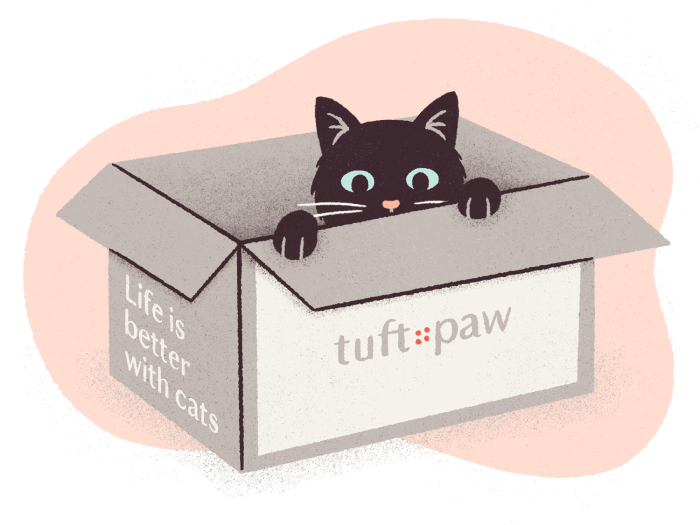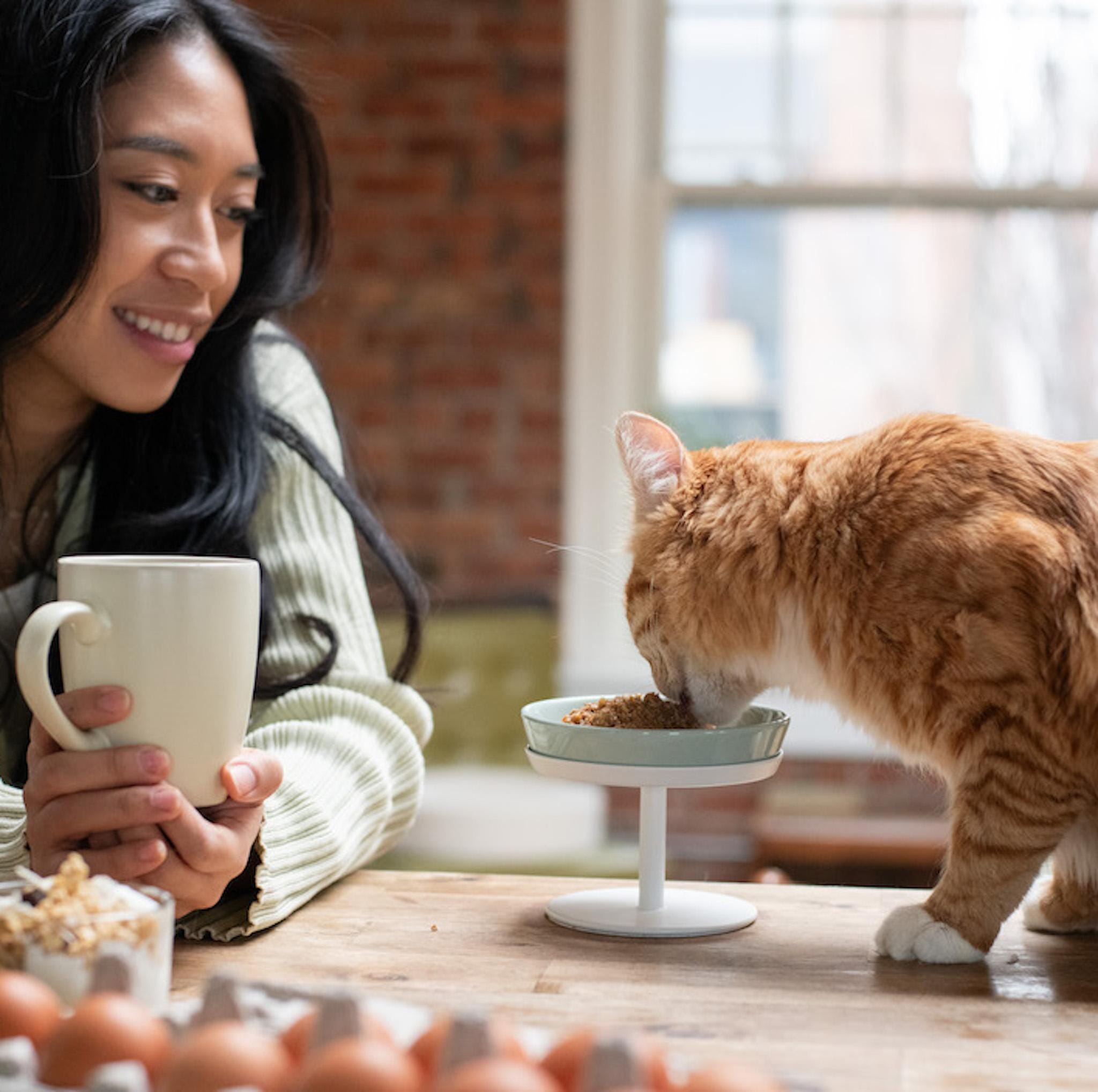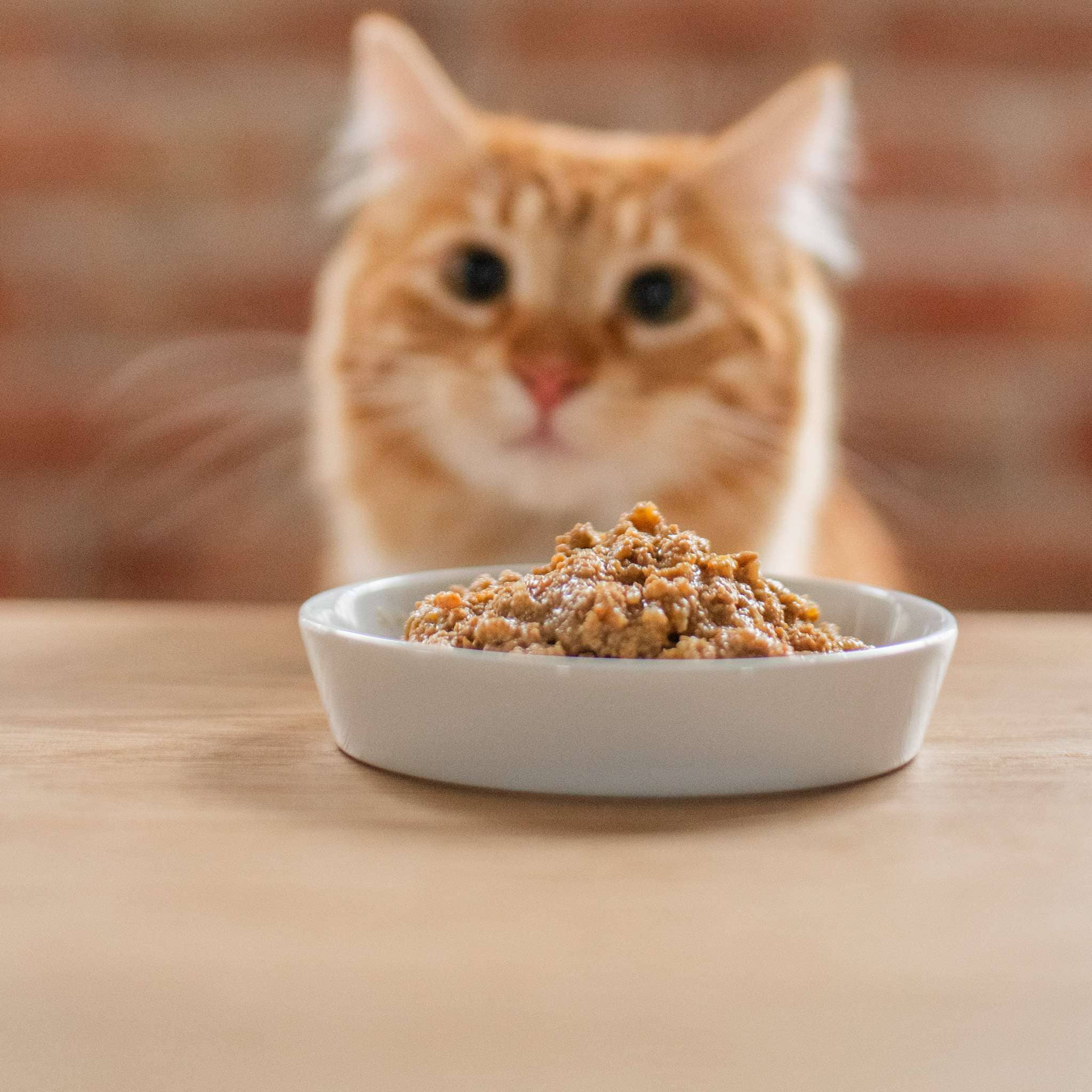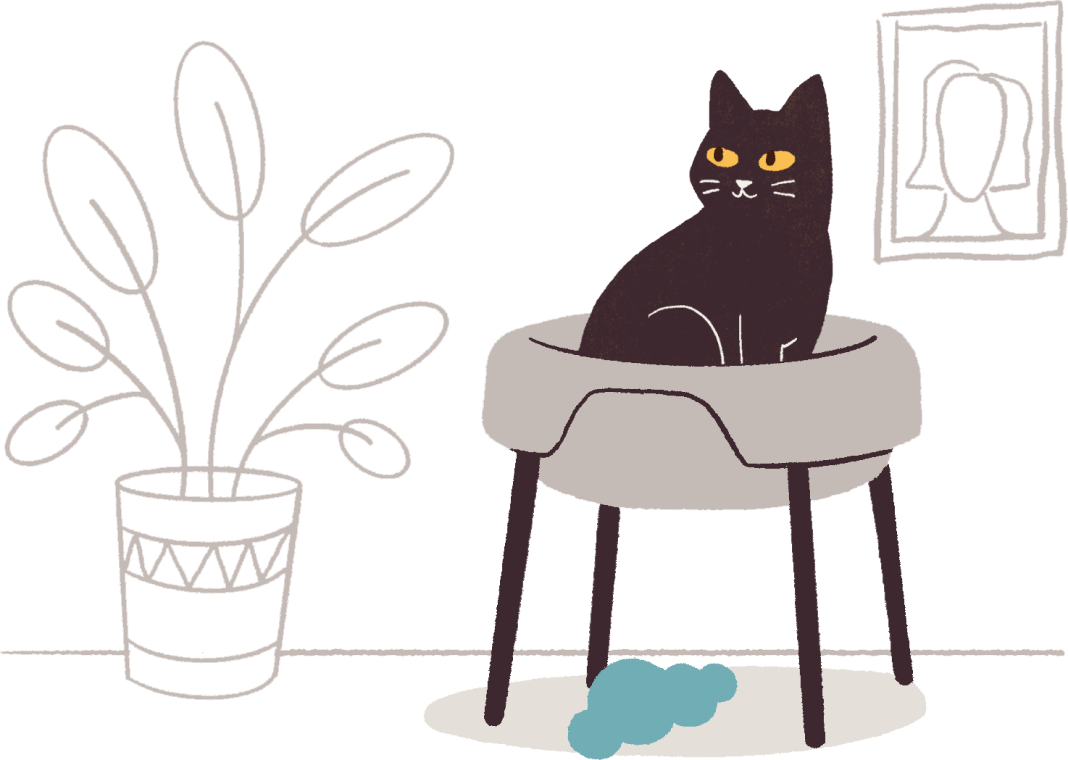As kittens grow, so do their dietary needs. Understanding when and how to transition from kitten to cat food is vital for ensuring their health and well-being. In this article, we’ll go over everything you need to know about when and how to switch your kitten to adult cat food.
Here at tuft + paw, we are cat experts. We're intimately familiar with the cat food features that are most important to cats and cat parents alike. This article is based on consultation with a feline nutritionist, veterinarian, hundreds of online reviews, and our own experience as cat parents.
Tip: For product recommendations, see our lists of the best kitten foods and the best foods for indoor cats.
When to Switch From Kitten to Cat Food
Kittens should generally switch to adult cat food around the age of 1 year. Some large breeds have a longer growth phase (18 months or more) and therefore should stay on kitten food for longer. Talk to your veterinarian to determine exactly when is the best time to transition your cat off of kitten food.
 Really Great Cat Food & Dock Bowl and Stand by tuft + paw
Really Great Cat Food & Dock Bowl and Stand by tuft + paw
How to Transition From Kitten to Cat Food
Transitioning your kitten from their kitten-specific diet to adult cat food requires a gradual shift to prevent digestive issues and allow them to acclimate to any new flavors and textures. Follow this step-by-step guide:
| Day 1-3 | 25% New Food – 75% Old Food |
| Day 4-6 | 50% New Food – 50% Old Food |
| Day 7-9 | 75% New Food – 25% Old Food |
| Day 10+ | 100% New Food |
If food acceptance decreases, revert to the previous step and hold for 5 days before attempting the next step again. For example, if your cat loses interest in the 50/50 mix, revert back to 75% old food and 25% new food for 5 days, then try the 50/50 mix again.
Why Can’t Adult Cats Eat Kitten Food?
The main issue is that adult cats need fewer calories than growing kittens. Kitten food is formulated to be very calorically dense, so if an adult cat remains on kitten food once they’ve stopped growing they can quickly become overweight. At every stage of your cat’s life, it’s important to choose a food that is appropriate for their specific nutrient needs to ensure your cat stays healthy and happy.
Kitten Food vs Cat Food
Let’s go over some of the main differences between kitten food and cat food.
Caloric Density
To fuel their rapid growth and active lifestyle, kittens require food with a high caloric density. By contrast, adult cat food tends to have lower caloric content to prevent excess weight gain in less active cats. Adult cat food is calorically insufficient for kittens.
Protein and Fat Content
Protein and fat are essential for both kittens and adult cats, but the proportions vary. Kittens need more protein and fat to support their rapid growth, while adult cats benefit from slightly lower amounts to simply maintain a healthy weight.
 Really Great Cat Food & Dock Bowl and Stand by tuft + paw
Really Great Cat Food & Dock Bowl and Stand by tuft + paw
Vitamin and Mineral Ratios
Kitten food contains higher levels of certain vitamins and minerals crucial for growth. Two important ones are calcium and phosphorus, which are necessary for bone growth in particular.
Omega-3 Levels
Kittens benefit from higher levels of the omega-3 fatty acid DHA, which is used by the body in brain and eye development. Adult cat food may contain a DHA supplement but usually in lower amounts.
Texture and Consistency
When first eating solid food, kittens should start with softer textures (e.g. paté) that are easy on their developing teeth. Older kittens and adult cats can eat a wider array of textures, including dry kibble, meat shreds in broth, mince, and larger chunks of meat.
Kitten vs Cat Meal Frequency
Young kittens require several small meals throughout the day due to their small stomachs and high caloric needs. By 4-5 months, they can shift to two larger meals a day, a pattern that also applies to adult cats.
If your kitten has been raised on a food designed for “all life stages”, you can keep them on the same food as they reach maturity. However, you will need to reduce the amount of food they eat per day so they don’t gain excess weight. We recommend reducing their meal size gradually so your cat doesn’t end up screaming and demanding more food (which can be very annoying).
 Really Great Cat Food & Dock Bowl and Stand by tuft + paw
Really Great Cat Food & Dock Bowl and Stand by tuft + paw
What to Look For in an Adult Cat Food
Meets AAFCO Nutritional Standards & Life Stage Requirements
Ensure the chosen cat food complies with the Association of American Feed Control Officials (AAFCO) standards for the specific life stage of your cat. Adult cats can eat foods designated for:
- All life stages – This means the food is appropriate for both kittens and adult cats, though feeding directions will vary depending on your cat’s life stage.
- “Maintenance” life stage – Adult cats who are no longer growing only require nutrition for maintenance of a healthy body weight.
Adult cats should not eat food labeled for the “growth” life stage, as these foods are designed for kittens and can lead to excess weight gain in non-pregnant, non-lactating adult cats.
High Quality Animal Protein
Look for cat food with high-quality animal protein sources, such as chicken, salmon, or turkey. Avoid foods which rely heavily on plant proteins, animal byproducts, and meals, which may contain less digestible components.
Low Carbohydrates
All cat diets should prioritize protein and healthy fats over carbohydrates. Cats in the wild consume minimal carbs, and mimicking this in their diet supports their nutritional needs. While cats are technically able to digest carbohydrates, their digestive systems are much better suited to digesting and absorbing nutrients from protein sources.
Tip: Check out our list of the best low carb cat foods and best grain-free cat foods (yes those are different things!)
Sufficient Moisture Content
Wet cat food provides an excellent source of hydration and may help prevent urinary issues. Domestic cats, being descended from wild desert cats, have a low thirst drive and prefer to get moisture from their food. High moisture content is also a common feature of the best cat foods for sensitive stomachs because it makes digestion easier.
Conclusion
Understanding the transition from kitten to cat food is a key responsibility for cat parents. By considering the specific needs of your growing feline, making the switch at the right time, and selecting an appropriate adult cat food, you contribute significantly to their lifelong health and happiness. It’s usually a good idea to see the vet when you’re considering transitioning your young cat to adult food. Good luck!





